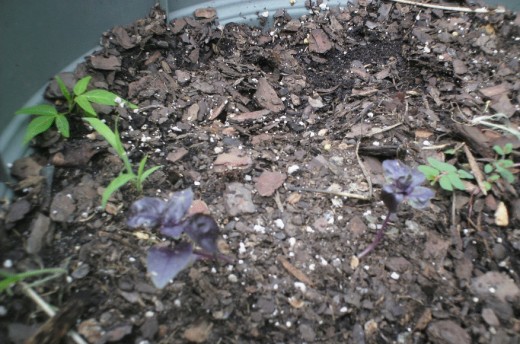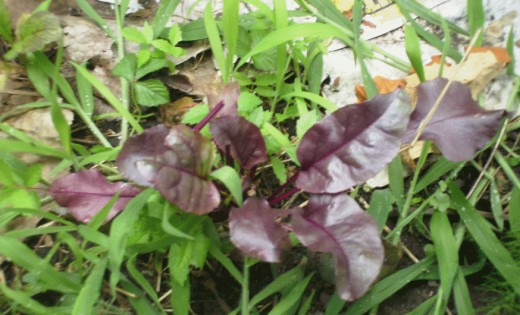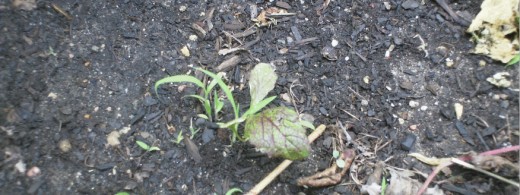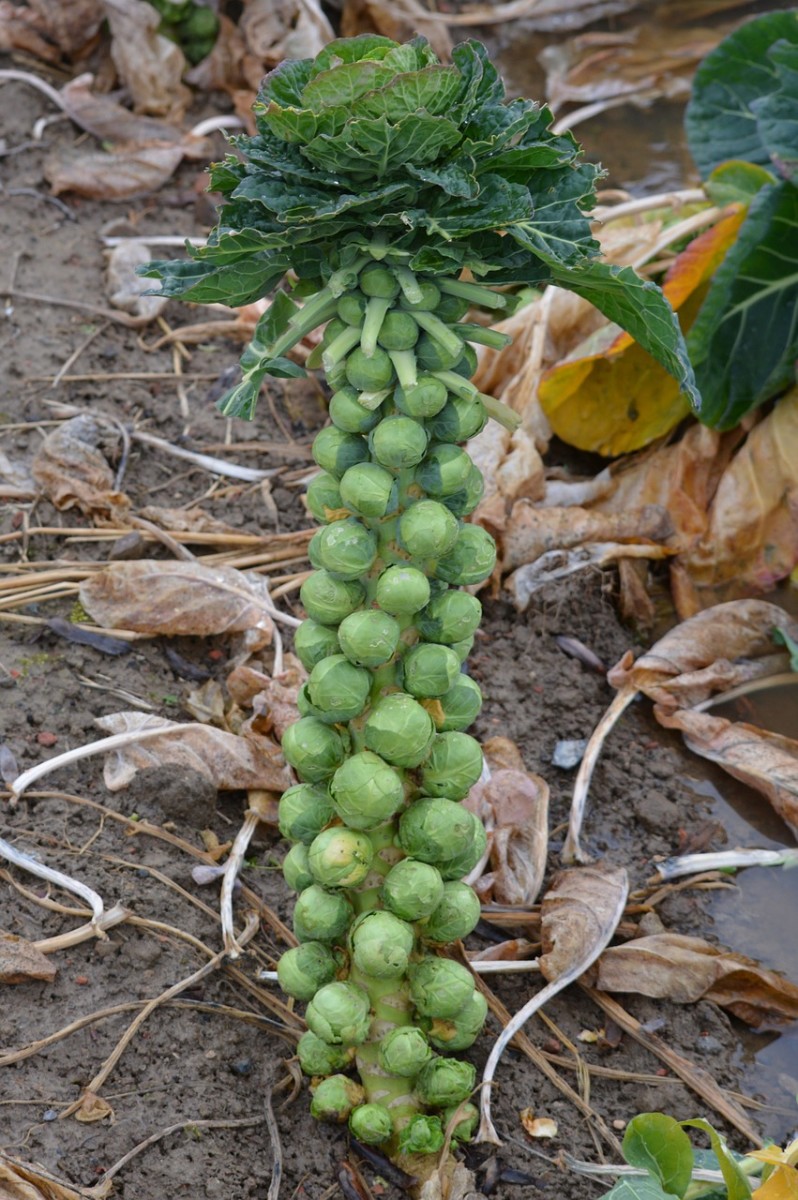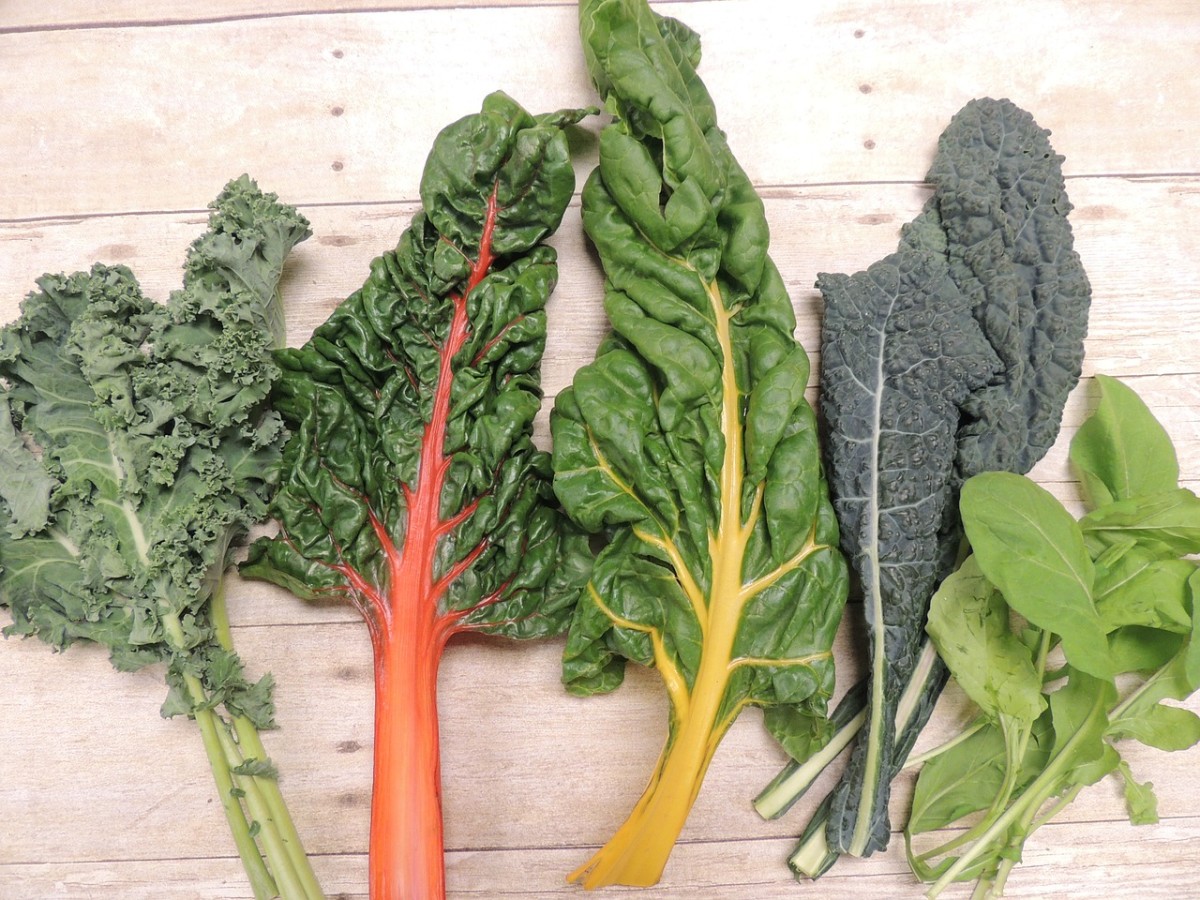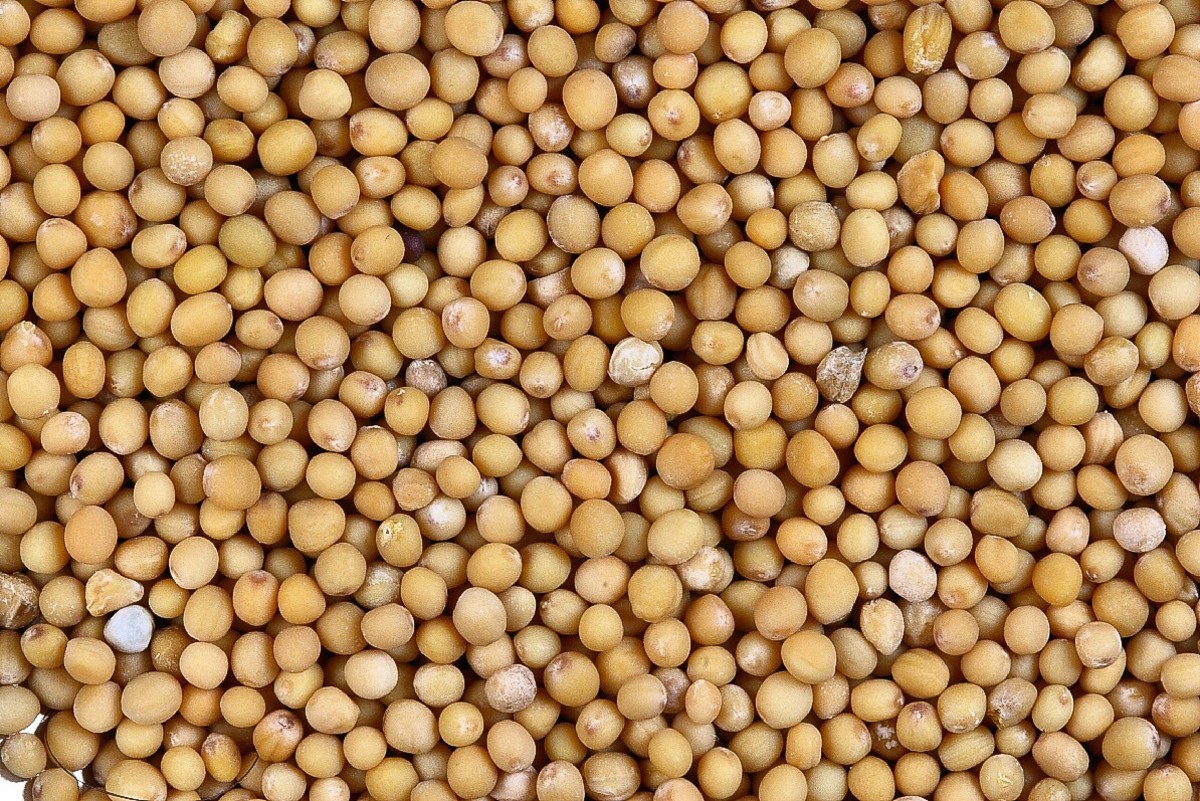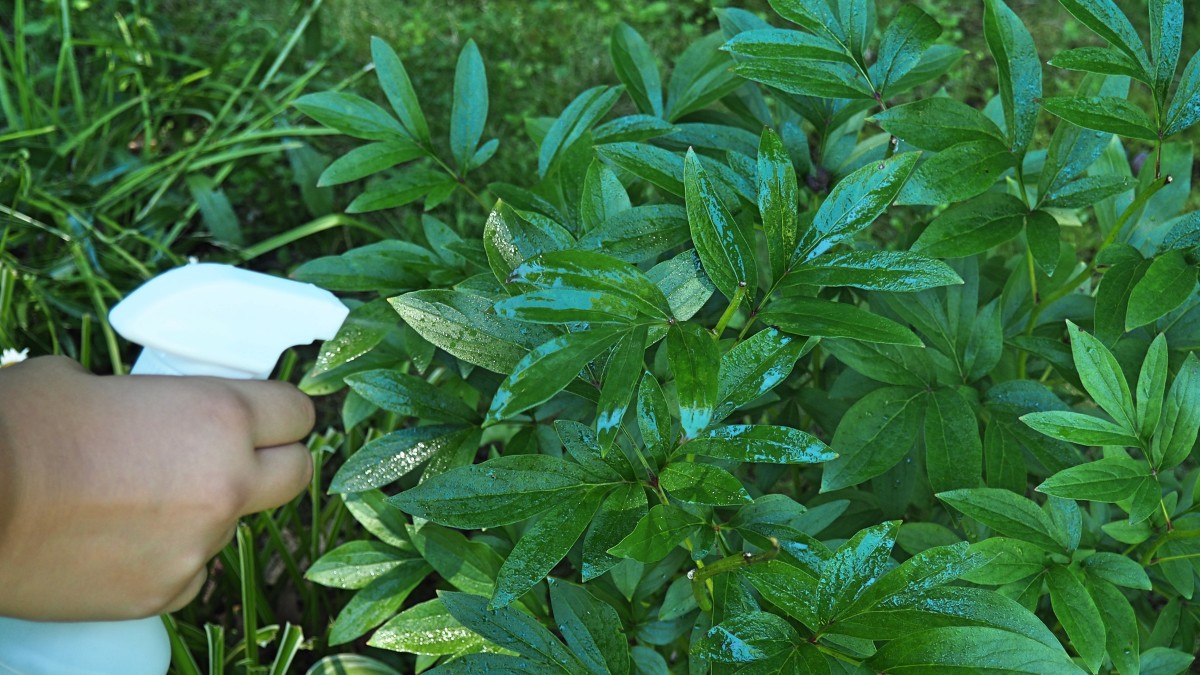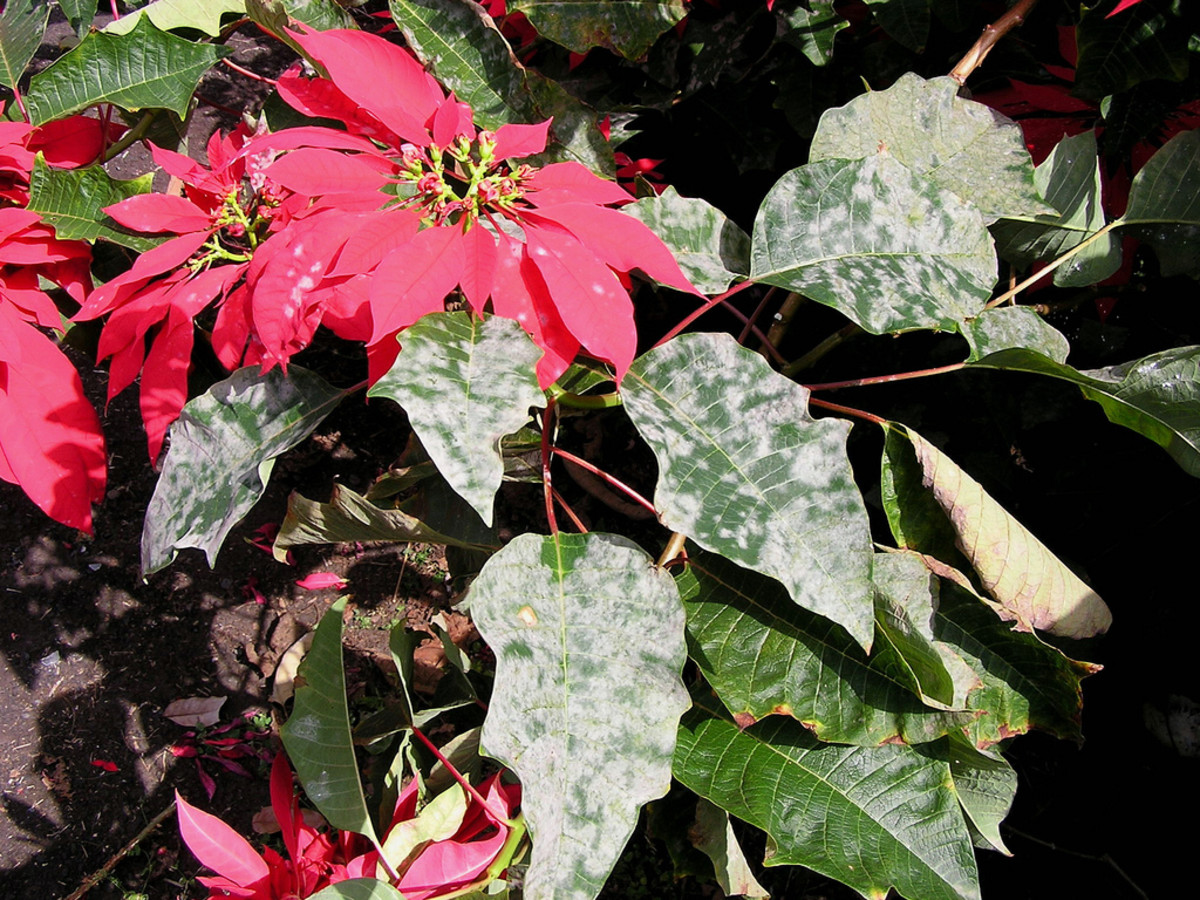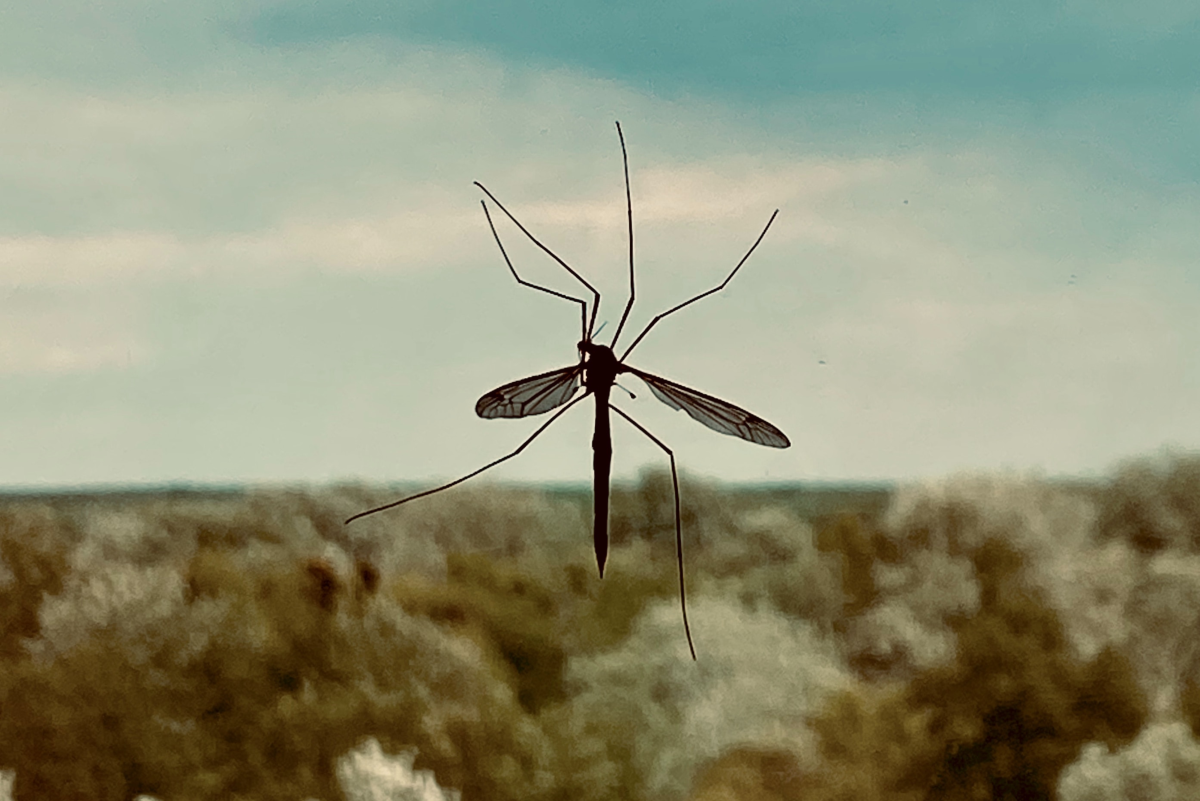5 Best Seeds for Weedless Gardening - Sprouts, Baby Greens and Microgreens for Salads. Purple Orach, Bull's Blood & More
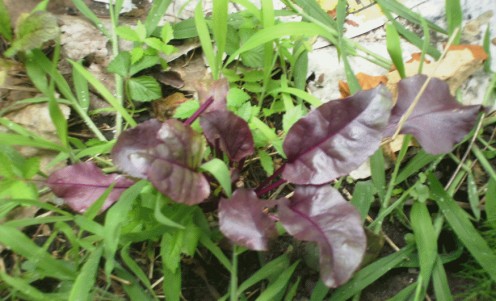
Gardening is one of the first steps on the path to healthy living and a more frugal lifestyle. Whether you're plowing a half acre of vegetables or watering a patio tea garden, gardening is a way to reconnect with nature and reinforce our personal role in the care and maintenance of our environment.
Choosing good seeds is an essential step for a new garden, but there are so many on the market. Browsing a grocery store seed rack raises more questions than it answers. Which seeds are indifferent to care, and which ones need serious coddling? How do I tell my seeds from the local weeds? How much weeding is really necessary?
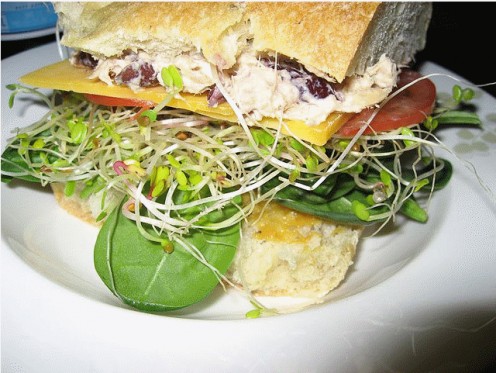
Buying Seeds Online Provides a Great Selection a the Same Cost
Ordering seeds online is a great way to get the seeds you really want at an affordable price. If your working on square foot gardening, because that's all the space you've got, don't worry. These seeds are delicious as sprouts, baby greens, AND as full-blown vegetables.
Top a sandwich with a couple of micro-greens, then add a handful of sprouts! 10-15 sprouts can top a single sandwich or salad, so your seeds will go faster than you think.

Purple Planting in Practice
Click thumbnail to view full-size


The Weedless Part of Gardening
Here you'll find the 10 must have heirloom seeds that make weeding a snap for busy gardeners, black thumb gardeners, and gardeners who are just a little lazy.
With just a little water, a couple paper towels and a pot of soil, these seeds will provide a continuous harvest throughout the summer, fall and even winter months - guaranteed.
How does it work?
There are lots of different methods to growing a weedless garden.
- Plant neat, systematic rows and pluck weed sprouts as they disturb the ranks.
Squarefoot gardening uses this method for microgreens, vegetables and lots of other plants.
- Skip tilling (which brings dormant weed seeds to the surface), and garden in raised beds with weed-free soil.
- Know your plants like the back of your hand, and give your garden an occasional weeding based on pure intuition.
The last option sounds like something for the greenest of thumbs. But the trick is simple. Plant purple plants!
Best Seeds for Purple Salad Greens
So really we're talking about a range of colors from pure purple to garnet, ruby and plain old red.
These 10 seeds boast brightly-colored leaves from sprout to finish. This makes them easy to distinguish from the plain green weeds growing under them, over them or around them.
You don't need to worry about neat planting or perfect rows. You'll know your plants when you see them.
Give the weeds an occasional pluck and you're home free!
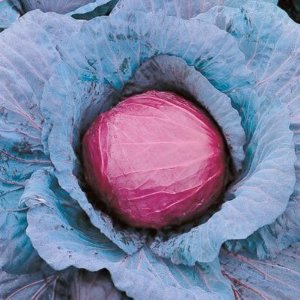
1. Mammoth Red Rock Cabbage
Mammoth Red Rock Cabbage has been a culinary favorite since its debut in 1889. Grown to full size, it's mammoth (volleyball size!) heads are a staple for German red coleslaw or pickling.
Mammoth Red Rock Cabbage plants sport a vivid color from the time they break ground as sprouts to their final growth as full-head cabbage. They add decorative flair to any dish.
You can eat these cabbages as sprouts, baby greens or petites - anytime, really.
Luckily, smaller size doesn't mean less nutritional value. Sprouts and small greens are rich in nutrients including:
-
Vitamins A, B, C, E and K
-
Calcium, Iron, Magnesium, Phosphorus, Potassium, Zinc
-
Carotene, Chlorophyll
-
Amino Acids
-
Trace Elements
-
Antioxidants
Best of all, eating these cabbages in their early growth phases eliminates much of the digestive discomfort associated with eating cabbage. More flavor and less gas is a win-win situation!
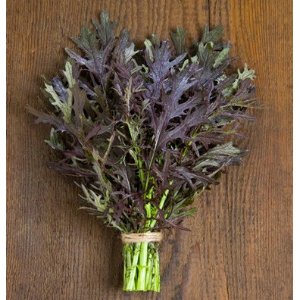
Browse Red Mizuna Mustard Seeds
2. Ruby Streaks Mustard
Ruby Streaks Mustard plants start with green stems and greenish leaves, but the striking ruby streak through the middle of each leaf sets them apart from garden weeds. The tell-tale pink tinge appears on even the smallest cotyledons, making it easy to ensure your greens don't end up in the compost bin.
When mature, the narrow serrated leaves are easy to confuse with dandelion or sowthistle. But don't be fooled! The characteristic color makes it clear which plants were invited to the garden party. If you're feeling generous to your party crashers, weed them out and make a Dandelion and Mustard Salad to make them feel welcome.
Ruby Streaks Mustard plants are ready-to-eat as sprouts, micro-greens or full-grown mustard greens, but beware. Sprouts and smaller greens concentrate the spicy bite of their full-grown counterparts. Some liken the unique flavor to the fierce fire and slow burn of hot peppers or the mouthwatering spiciness of horseradish. At full growth, the sharp spiciness fades to a mild an interesting flavor.
In all phases, the ravishing leaves add flavor and decorative flair to your dishes. They're also a healthy addition to any diet. Regardless of size, Ruby Streaks Mustard plants are a good source of 9 vitamins and 7 minerals, as well as Vitamins A,C and E.

3. Red Amaranth
The grain portion of the Amaranth plant is one of the world's most ancient food staples. In MesoAmerica, the Aztecs called the grain huatli and included it as an integral part of their physical and psychological subsistence. Amaranth grain made up almost 80% of their diet, and was such an important part of indigenous culture that foreign conquerors outlawed amaranth cultivation.
If you have patience, your harvest of amaranth grain could be an interesting glimpse into history and traditional grains. If, on the other hand, you're oriented towards short-term rewards, the leafy portion of the amaranth plant is edible throughout the plant's growth cycle.
You won't find leaf amaranth in most grocery stores, and growing it in your garden creates opportunities for a wide variety of exotic dishes. For Indonesian and Malaysian recipes, try searching for bayam. For Tagalog recipes, try alocon. In India, names for leaf amaranth vary by region. Try cheera for the state of Kerala, keerai masial in Tamilnadu, or Shravani Maath in Maharashtra.
Whether wilted, fried, steamed or sauteed, these Red Amaranth leaves retain their gorgeous color. But they're not just beautiful; they're nutritious, too! Cooked amaranth leaves are a good source of vitamin A, vitamin C, and folate. They provide smaller amounts thiamine, niacin, riboflavin, and dietary minerals like calcium, iron, potassium, zinc, copper, and manganese.
Note: Beware aggressive reseeding. If you're looking for a low-maintenance, carefree garden, reseeding may be desirable since it produces new plants year after year. It's not as invasive as mint, but left to its own devices, it can be difficult to control.
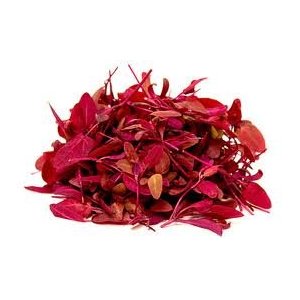
4. Purple Passion Spinach (Red Orach)
Purple Passion Spinach, also known as Red Orach is a mountain spinach, not related to the common grocery green. The name Purple Passion Spinach is both enticing (who doesn't need more passion) and familiar (thanks Popeye!). Red Orach, on the other hand, sounds like a Tolkien character.
Although they're completely different plants, Purple Passion Spinach has a salty, spinach-like flavor.
Pluck the plants when they're small. They can be eaten almost immediately as micro-greens and petite greens. With unchecked growth, they can reach 2 feet in height, and the large unruly leaves have less flavor and more toughness than their smaller counterparts.
Purple Passion's robust flavor may not appeal to everyone, but it's nutritional value can't be argued. Each serving provides protein, fiber, calcium, phosphorus, iron, copper, magnesium, potassium and manganese.
If you love it, it's easy to grow, easy to maintain and easy to keep weed-free. If you hate it, the beautifully-colored leaves make a wonderful garnish for any meal, and a colorful addition to brighten traditional salads.

Browse Bull's Blood Beet Seeds
5. Bull's Blood Beets
Bull's Blood Beets boast striking dark purple leaves. Typically we grow beets for the below-soil bulbs, but the leafy greens are equally delicious. Bull's Blood greens have a mild, sweet flavor that brings to mind the best part of beets. Enjoy the sweet beet flavor without the tart oxalic aftertaste of other greens or the dripping red juice of canned beets.
The leaves on these beets are tough enough to withstand mild spring chills, and thin enough to survive brutal summer heat. Better still, the color intensifies as the plant grows.
If you harvest a couple leaves from each plant, new leaves will grow, keeping you supplied with salad fixings all summer-, fall- and even winter-long. If the leaves are all gone, harvest the bulbs for a tasty treat. They're not the most attractive bulbs (with leaves that gorgeous, something had to give), but they're a great addition to any meal.
Sources:
- Cabbage Sprouts
Cabbage sprouts are mild and tasty - like cabbage. Sprouting cabbage is easy and there'e more than one color, so they produce beautiful sprouts too. Eat more sprouts! - Mammoth Red Rock Cabbage Seeds for Sale
Mammoth Red Rock Cabbage Seeds for sale at eGardenSeed.com. A popular Heirloom Cabbage, the Mammoth Red Rock is known for its 7-8lb. heads and great flavor - GardenSeed: Cabbage Mammoth Red Rock
- Mahanandi Series of Sprouts ~ Mustard Seed Sprouts
Mahanandi - Cooking with Consciousness. First-person review of mustard sprouts. yum! - Mustard Green (Ruby Streaks) : Purple Rain Vineyard
More on Ruby Streaks Mustard. - How to Grow Leafy Greens
A fact sheet that describes how to grow leafy greens, mesclun or designer greens. - Beta vulgaris 'Bull's Blood' (Beet) - Fine Gardening Plant Guide
All about Bull's Blood Beets - Fedco Seeds - Item: Bull’s Blood Beet
Fedco Seed Cooperative. - Have you grown Red Orach? - Vegetable Gardening Forum - GardenWeb
GardenWeb - The Internet's Garden Community - Sprout People on Mustard Greens
Mustard Micro-Greens are another fine brassica. Packed with nutrients and antioxidants, our Oriental Mustard tastes like horseradish. Wow! Sprouts, sprouts, sprouts, microgreens, micro greens, micro-greens. - Sprout-People - Expert Advice on their Greens Mix and Growing Tips
Bruno's Micro-Greens Mix is a truly astounding combo of organic seeds, designed to be grown to the true leaf stage. Bruno's Indoor Garden is what micro-greens are all about. eat more micros!

